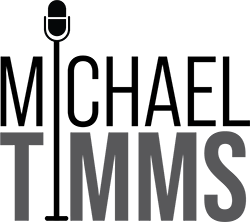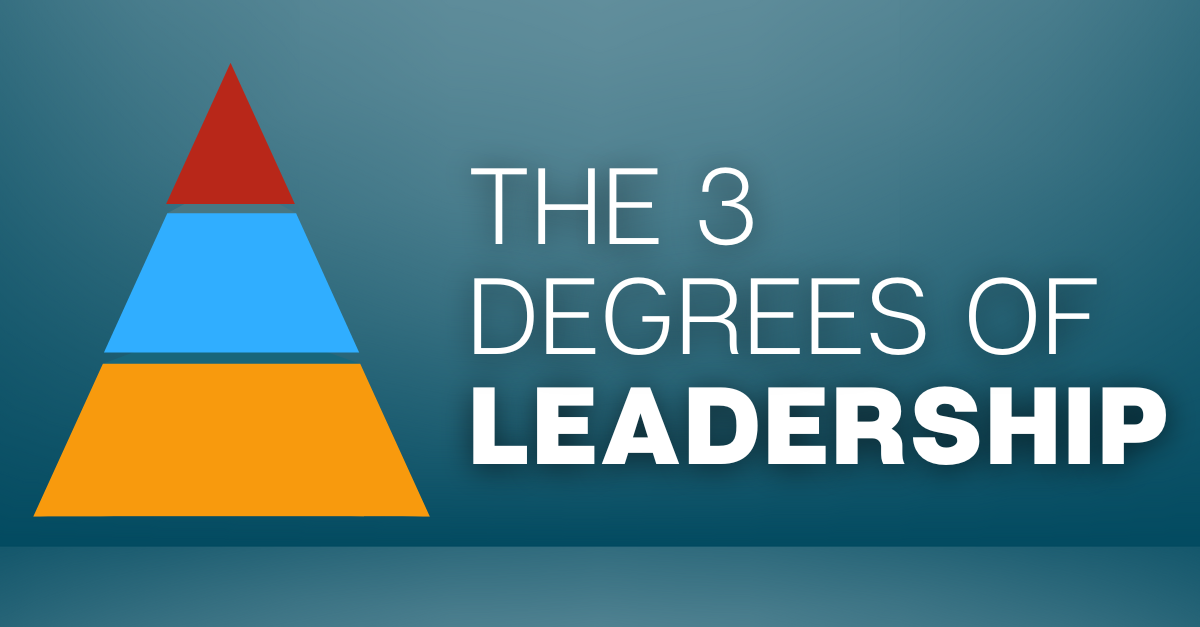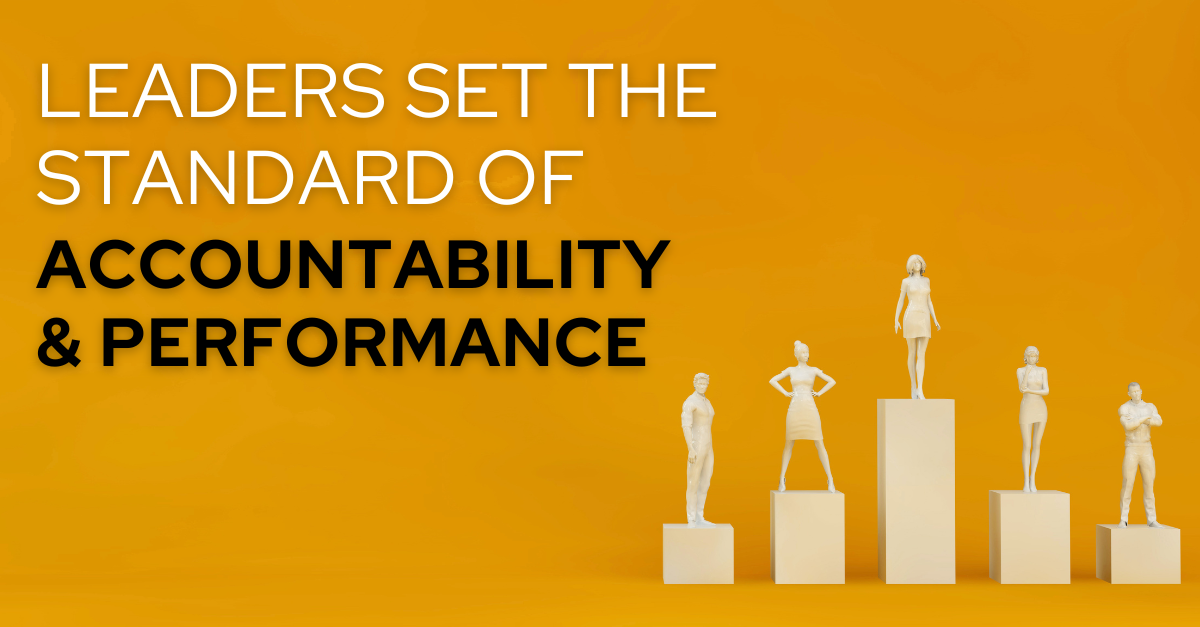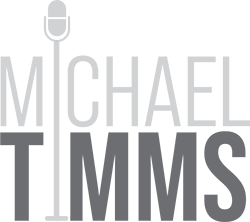Imagine if you could look into a crystal ball to know for certain who has what it takes to be a great leader. Think of how many hiring and promotion mistakes could be avoided? Consider the impact on your workforce if you only hired and promoted people to management and senior management positions who were top notch leaders.
If you think it would be amazing to be able to accurately predict leadership potential, read on, because I’m going to share with you the closest thing there is to a crystal ball.
How NOT To Predict Leadership Potential
Most organizations are using the wrong tools to help them predict leadership potential. Some organizations have put their faith in psychometric (personality) assessments, believing they are a “scientific” method of evaluating potential and are therefore valid. Psychometric assessments may be a useful tool to help identify areas for self-development, but there are a lot of reasons why psychometric assessments are an extremely bad tool for identifying leadership potential.
Most organizations today use a tool called the “9-box” to help them identify candidates for promotion. Here are a few reasons why this, too, is a bad idea.
- Let’s start with the obvious. Fact 1: the 9-box is by far the most common tool used by organizations to identify leadership potential. Fact 2: most organizations are terrible at predicting leadership potential. You do the math.
- It is believed that the 9-box was created by consultants in the 1970s. These brilliant consultants managed to come up with a way to answer a yes/no question with nine possible answers. The yes/no question is this: “Is this someone we want to invest a substantial amount of time and money to develop, or not?” To say that the 9-box overcomplicates leadership identification is a gross understatement.
- As the theory goes, once senior management teams decide which box to put people in, each box comes with different development guidelines. The reality is, however, that each human being is vastly different, with meaningfully unique development circumstances and needs. Everyone requires a customized development plan anyway, which means that the primary purpose of the 9-box is irrelevant.
- Senior management teams only have so much time to dedicate to succession planning. How would that time be better spent? Arguing over which arbitrary label to use to describe people, or instead, coming up with creative development activities that will actually fast-track their development?
A Misunderstood Tool
The best tool I have found to identify leadership potential is leadership competencies. If you are already familiar with leadership competencies, then what I am suggesting is probably different than what you have in mind.
Senior HR leaders will often ask me for my advice on why their succession plan isn’t working. When I tell them about leadership competencies, they often excitedly say “We have leadership competencies!” But when I ask them “How do you know that your leadership competencies can actually predict leadership success?”, their response is almost always silence. When I probe a little further to find out how they came up with their leadership competencies, they give me one of two answers:
- They basically went to the internet, Googled the words “leadership competencies,” and then chose the 6 – 10 competencies they liked the best.
- A consultant helped them select their competencies from a “competency library” of stock competencies and definitions.
Selecting leadership competencies this way would be like my wife Googling “husband competencies” to come up with a list of the behaviours I must demonstrate to become a better husband. When she hands me this laundry list of husband competencies, I would quickly discover that she didn’t just describe the perfect husband, she described the perfect human being! “There is no way I could ever do all these things” I’d protest, “and even if I could, you are essentially asking me to get a personality transplant!”
Virtually every company’s leadership competencies I have seen reads like ‘Dr. Frankenstein’s instruction manual for assembling the perfect leader.’ Nobody, including the incumbent senior managers, could ever live up to the description of leadership that is being used to evaluate others.
Predictive Leadership Competencies
Now imagine if my wife came to me and said “Look Michael, all I need you to do to be the perfect husband for me is to do these three or four things consistently. If you do these three or four things, and let your unique personality and strengths fill in the blanks, you will be everything I need you to be.”
If my wife did that, I could probably handle three or four husband competencies, as long as those three or four competencies are learnable, and not based on personality traits such as “extroverted” or “fun” or “charismatic.”
Predictive leadership competencies are the few, learnable behaviours that produce a disproportionately positive impact on people and results. Not all good leadership behaviours produce an equally positive impact. Some leadership behaviours are more potent than others.
Predictive leadership competencies are the few, learnable behaviours that produce a disproportionately positive impact on people and results.
The trick is to discover the three or four most impactful leadership behaviours in your specific organization. The best leaders at a high-tech company probably do certain things more consistently than the best leaders at a non-profit organization. The best leaders at a professional services firm probably do certain things more consistently than the best leaders in a manufacturing environment. And even within the same industry, the best leaders at one company may get better results by focusing on slightly different behaviours than their competitor.
Regardless of how different or similar one organization’s predictive leadership competencies are to another, it is critically important that they are described using that organization’s language, not someone else’s. Discovering the most valid predictors of leadership success in your organization won’t do you any good unless everyone fully understands them and can relate to them.
Discovering Your Organization’s Predictive Leadership Competencies
I help organizations identify their predictive leadership competencies by facilitating focus groups comprised of senior managers and high performing middle and non-managers. The goal is to discover what behaviours consistently produce the best outcomes in their specific organization. We do this by sharing success stories that occurred within their organization and then identifying the results produced by that success story.
For example, during an engagement with the City of Moose Jaw, Saskatchewan, one focus group shared a story about an old water main that needed to be replaced. They could have repaired it again, which would have been a temporary fix. But the water main would inevitably fail again causing more water service interruptions for residents and would end up costing the city more money in the long run. They decided to deal with it then to save others from having to deal with it again in the future.
Because everybody involved with the project understood the complexity of the project, the hazards involved, and the impact it would have on the city, everybody got behind it and went the extra mile. These were the results they identified:
- Increased Teamwork. Because it was a challenging and hazardous project, team members learned to trust each other’s expertise. Managers came by at 10:00 p.m. to support the crew working through the night.
- Developed Problem Solving Skills. There were a lot of unanticipated problems that gave people the opportunity to learn and increase their competence.
- The Problem Got Fixed Properly. Mission accomplished.
- Happy Residents. No further service interruptions.
- Improved Morale. Everybody felt supported by their team mates and management. They were proud of what they accomplished.
Once the results are identified, we further analyze each story to isolate the behaviours that led to the success. We then synthesized the output of all three focus groups to identify the common themes.
The “Watermain Story” and others like it led the City of Moose Jaw to identify Solution Focused as one of its predictive leadership competencies. One of the definitions they articulated to describe Solution Focused is, “The solutions I come up with are sustainable and focused on the long-term.” This was a key behavior that led to the “Watermain Story,” and which also led to other success stories at the City of Moose Jaw.
Putting Leadership Competencies to Use
Predictive leadership competencies can be an incredibly powerful culture change tool if properly applied. World-class organizations weave their leadership competencies into the fabric of their culture by incorporating them into talent management processes, as follows:
- Recruiting. Design interview questions to hire people with the right stuff.
- Onboarding. Help new hires understand what leadership looks like by telling them the success stories unearthed during the leadership competency focus groups. Some clients even produce videos of employees telling these stories.
- Development. Design development activities that will strengthen employees’ ability to live the leadership competencies.
- Recognition. Instead of only celebrating people who hit their numbers, find ways to celebrate people who consistently live the leadership competencies.
- Promotion. Most companies promote people based on three criteria: 1) who is the most technically competent, 2) who has been here the longest, and 3) who does the hiring manager have the best ‘gut feel’ about. None of those are good predictors of leadership success. World class organizations use their own unique predictive leadership competencies as their primary promotion criteria.
Although we don’t need everyone in the organization to be managers, wouldn’t it be great if everyone behaved like leaders? Leaders elevate others to achieve a common goal. Everyone has the capacity to be a leader if they want to. They just need to know the best way to do it.
“Leaders Elevate Others to Achieve a Common Goal.”
Predictive leadership competencies not only tell you who will be a successful leader, they also tell you who will be successful in general, and provide a road map to get there.
______________________________________________________________________________________
For more information on this topic, check out our Succession Planning Page.







